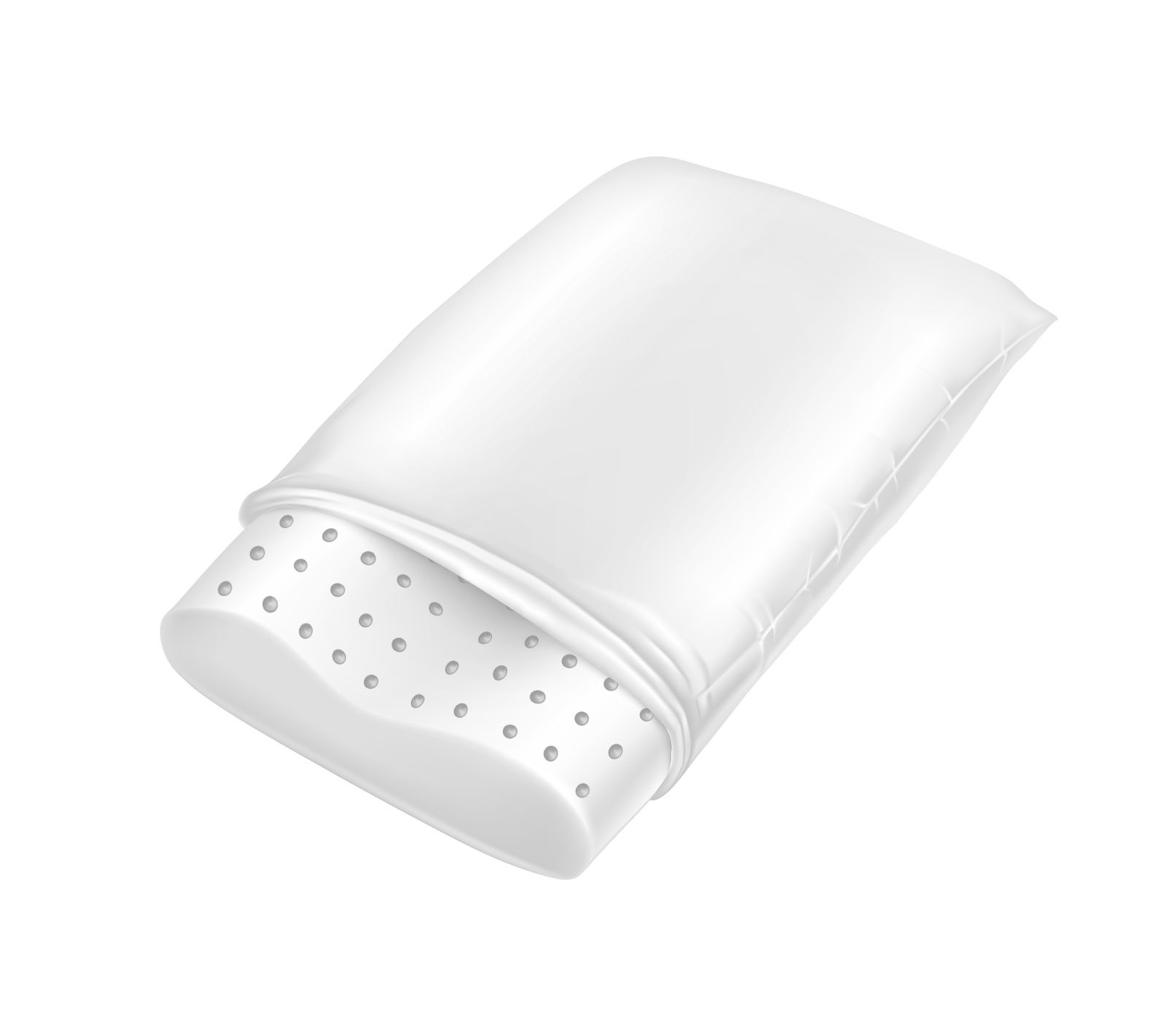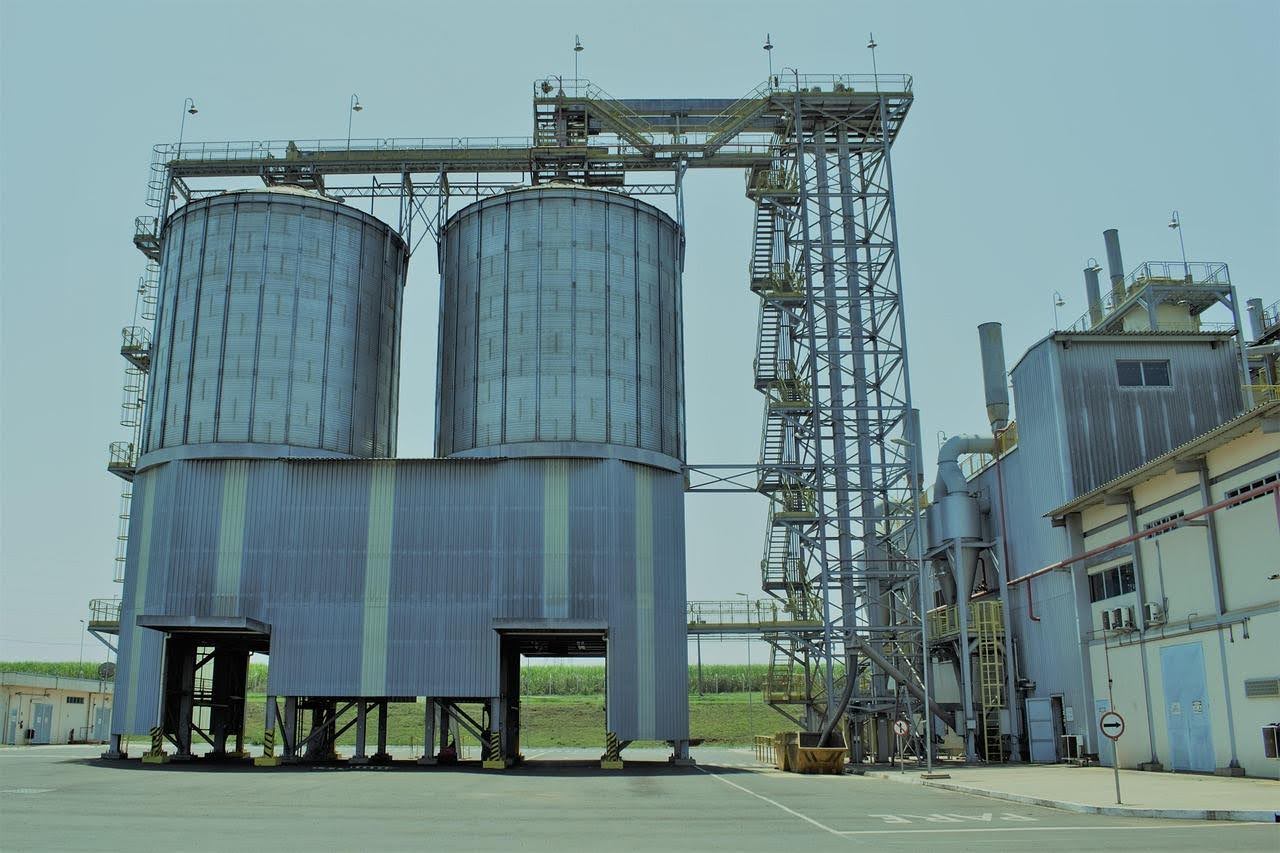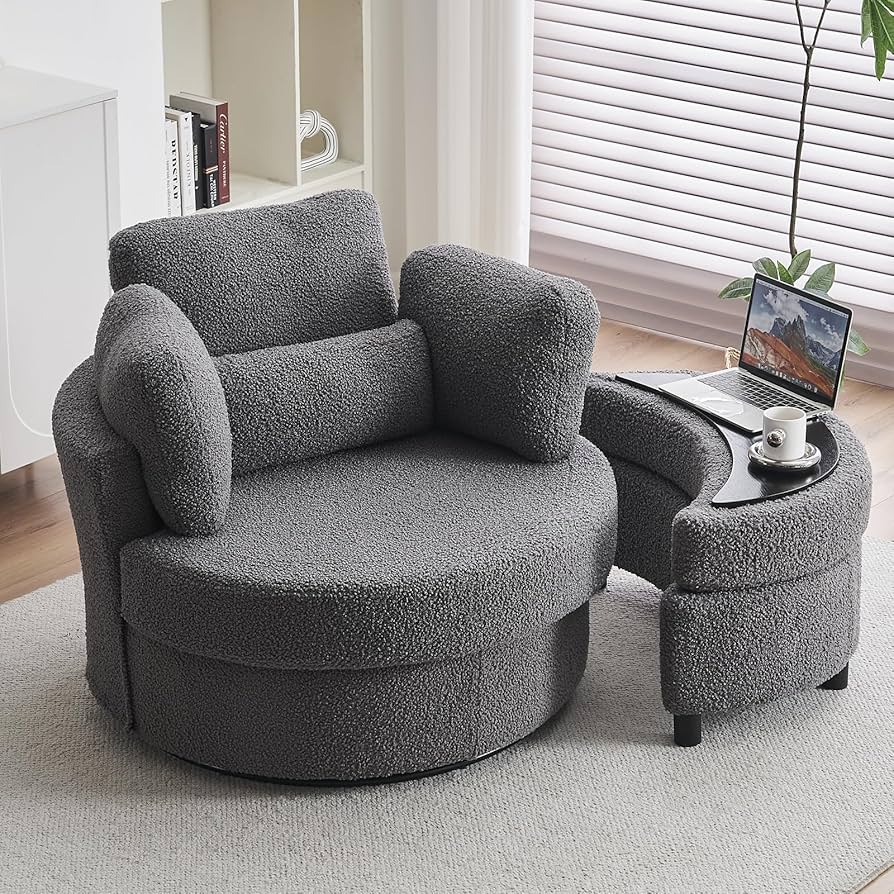When it comes to maintaining efficiency and reducing downtime in industrial filtration systems, extending the life of your filter bag is essential. Whether used in dust collection, liquid filtration, or chemical processing, a well-maintained filter bag not only performs better but also saves costs over time.
Here are five key ways to maximize the lifespan of your filter bag and keep your operation running smoothly.
1. Choose the Right Filter Bag for the Job
One of the most important steps in extending the life of your filter bag is choosing the correct one for your specific application. Factors like temperature resistance, chemical compatibility, particle size, and flow rate all affect performance.
Using a filter bag made of the wrong material—such as polyester instead of polypropylene—can lead to early wear or even system failure. Always consult your supplier or manufacturer to ensure the filter bag matches your system’s demands.
2. Monitor Operating Conditions Closely
Your filter bag’s performance depends heavily on the environment in which it operates. Excessive heat, humidity, or pressure beyond the bag’s rating can cause damage over time.
Monitoring and controlling these variables helps prevent stress that could shorten the filter’s lifespan. Installing sensors or gauges can help track conditions and alert you to potential issues before they become costly problems.
3. Regular Maintenance and Cleaning
Routine maintenance is critical in extending your filter bag’s life. Depending on the type of filter and application, this may involve shaking, reverse air pulses, or manual removal and cleaning.
Avoid over-cleaning, which can wear out the filter media, but also make sure not to let buildup go unchecked. A regular inspection schedule helps identify early signs of wear, like holes or seam issues, allowing for timely replacement or repair.
4. Proper Installation is Key
Even the best filter bag won’t last if it’s not installed correctly. Improper fit, incorrect sealing, or rough handling during installation can cause immediate damage or lead to poor performance.
Always follow manufacturer guidelines and use trained personnel for the installation process. Ensuring a proper seal will also prevent particle bypass, which can reduce filtration efficiency and damage other system components.
5. Replace at the Right Time
Knowing when to replace a filter bag is just as important as trying to extend its life. Overused filter bags can become clogged, reducing airflow or flow rate, and causing system strain.
Rather than waiting for a failure, regularly monitor performance metrics and track pressure drop, then replace the bag when performance begins to decline. This proactive approach can prevent costly downtime, ensure consistent efficiency, and protect your overall filtration system.
Final Thoughts
Maximizing the lifespan of your filter bag involves a combination of selecting the right product, monitoring conditions, and maintaining a consistent care routine. By following these best practices, you can ensure optimal filtration performance, reduce costs, and keep your system running efficiently.
Whether you’re in manufacturing, chemical processing, or environmental services, a little attention to your filter bag goes a long way.











